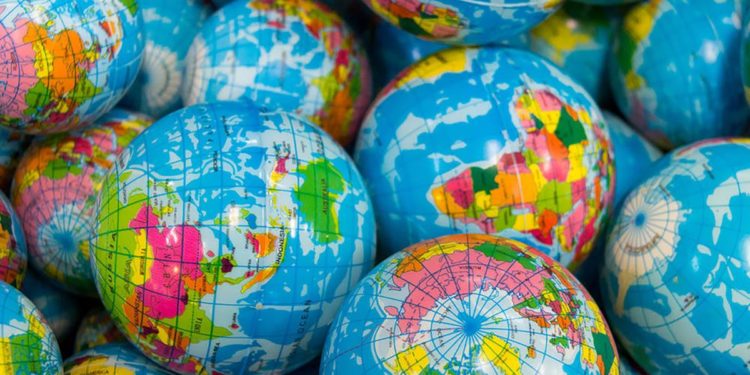
Economy dynamics is a branch of economics that studies the way economic variables change over time. It uses mathematics and complex financial models to explain the way economies function.
It is important to understand the basics of economic dynamics as it is the foundation for many economic theories. It helps in understanding how money flows through the economy and also how trade influences it.
Social Hierarchies
Hierarchies are fundamentally latent social phenomena that establish relative standing for members of a group. Relative standing is often based on a composite of assets such as wealth, leverage and skill and knowledge (e.g., prosociality and intelligence). Hierarchies can also be imposed on individuals in the hope that it will allow them to achieve personal goals such as material wealth or access to resources.
The distinction between economic and political affairs highlighted by Polanyi can be understood as a form of hierarchy. This separation can take the form of a situational hierarchy when capitalists lead economic business but do not dominate political affairs, or as an arborescent hierarchy when economic relationships prevail over noneconomic ones.
In a recent experiment, we experimentally compared the decision-making outcomes of groups with five different types of hierarchy. The first treatment involved a voting group without a hierarchy, the second was a group with a random hierarchy, the third was a group with an elected leader, and the fourth was a group where the oldest member became the leader.
Cultural Structures
Cultural structures have attracted the attention of economists and social scientists. These structures include religious institutions, family structure and education systems. These factors have a direct impact on economic development. However, there is a lack of studies that consider the role of these structures in economy dynamics.
In a recent study, Olivier, Maystre, Thoenig and Verdier found that culture-based preferences and values have an effect on the economic growth of a country. The research used a model that links globalization and individual cultural traits. This model shows that as a country opens its markets to international trade, goods designed for global consumers will enter the market. These products will increase the welfare of people who are responsive to these products. This will reduce the incentives of parents to transmit their local cultural characteristics to their offspring.
In the past, economists have been hesitant to rely on culture as a possible determinant of economic phenomena. However, new techniques and more data have enabled economists to identify systematic differences in people’s preferences and beliefs. These findings suggest that it is now possible to incorporate culturally based explanations into economics (Dornberger and Hoogendoorn, 2013).
Market Forces
Market forces are a complex mix of economic, social, cultural, and political influences that impact the supply and demand for products and services. These forces are the basis for many economic models and theories, and they can change a product’s price, quantity, and placement on a market. Market forces also include human emotions, which can affect the behavior of customers, politicians, investors, and businesses.
The primary incentive in a free market economy is monetary profit, which drives participants to create and produce products that consumers want. This encourages innovation and competition, which lead to higher quality goods and better service.
In a free market economy, natural market forces are what determines employment rates and total output with regard to productivity, rather than government intervention. For example, the weather can impact the supply of a product by changing consumer demand or by reducing farmers’ ability to grow crops. When this happens, the supply curve shifts to the left, which can increase the price of the product.
Free Trade
In theory, free trade means a country does not place tariffs or quotas on imports and does not restrict its own exports. Today, most industrialized nations are members of the World Trade Organization, which limits in certain ways the use of protective trade barriers. Most also belong to regional trade areas that lower trade barriers among participating countries.
Freer trade is a key driver of economic growth. It allows companies in each nation to focus their efforts on producing the goods that best utilize local resources and then sell them abroad. In this way, a country can experience faster economic growth while still meeting the needs of its citizens.
Opponents of free trade fear that removing protectionist barriers to competition will result in the loss of blue-collar jobs in America, especially in manufacturing. However, research has shown that when foreign investment replaces domestic trade restrictions, total exports generally rise. The dynamic effects of free trade include the increased pressure on domestic companies to compete with overseas rivals or lose market share, which increases productivity and stimulates innovation.
